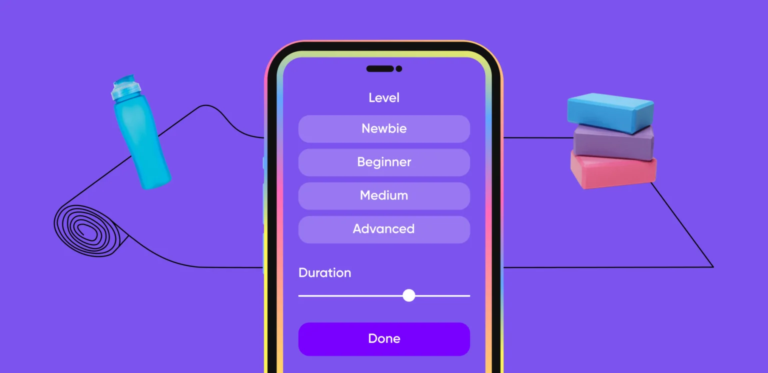How AI Is Transforming Medical Scribing
The healthcare field is undergoing major transformations as technology advances. From rapid advancements in AI to the use of robotics to improve surgical outcomes, the medical field is changing. One of the areas where the use of AI is making an impact is medical scribing. The very time-consuming task once took doctors away from the more important work of direct patient care.
Thanks to artificial intelligence, all this is changing. Here are some of the ways that AI is changing the world of medical scribing.
Streamlined Documentation Processes With Services Like ScribeAmerica
In the past, medical scribing required significant time and work to get patient-physician interactions documented in medical records. Not only did this process take time away from patients, but it also left a lot of room for human error. However, there are AI-based technologies like ScribeAmerica that are changing everything.
These AI software programs are HIPPA compliant and allow voice and speech to be automatically scribed. Speaking medical terms into these programs converts medical information into the medical record with incredible accuracy. This advancement enables healthcare professionals to focus more on patient care and less on documentation.
Improves Clinical Accuracy
Many medical errors can be eliminated through accurate medical records. Medical scribing is an important part of this process. But outdated ways of doing things left a lot of room for error. A minor error or accidental oversight when scribing into the medical charts could lead to inaccurate diagnoses and incorrect treatment plans.
AI is emerging in this space as a tool to help limit the number of errors that are entered into the records. When paired with machine learning, these computational algorithms can look for and flag any inconsistencies and alert medical professionals to the issues. For example, AI algorithms can find contradictions in a patient’s medical history and the prescribed treatment plan. This proactive approach minimizes the risk of medical errors and fosters a culture of accountability within healthcare systems.
Real-Time Data Analysis
While the transcription capabilities of AI are tremendous, AI is also impacting medical scribing by allowing for data analysis in real-time. Previously, medical scribes weren’t always able to keep up with the volume of patient interactions to document. But these new AI-based systems can help document the information and then process and analyze the data right away. This helps medical workers make fast decisions regarding care. Instead of doctors needing to take hours to pour over different tests, they can see the connections between the results of medical tests almost instantly when using AI.
Creates a Collaborative Environment
Medical professionals don’t need to be worried about AI replacing them. AI has certainly revolutionized medical scribing, but it’s not a replacement for the human touch that doctors provide. Healthcare is still dependent on patients’ personal interactions with medical professionals to ensure health and recovery. AI simply augments medical staff’s capabilities, allowing them to invest more time in patient interaction and decision-making.
Conclusion
It’s clear that AI has proven to increase speed and efficiency for many industries, including those in medicine. As medical scribing becomes more accurate and efficient, doctors can give more time to patient care, ensuring better health outcomes overall.


